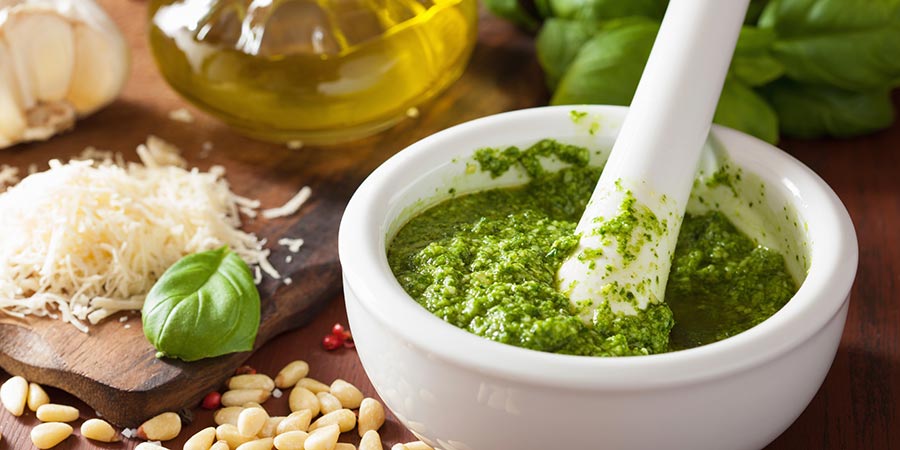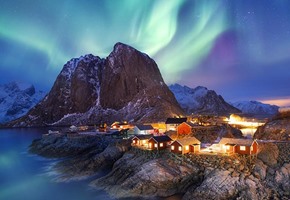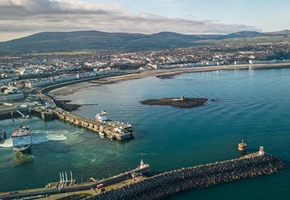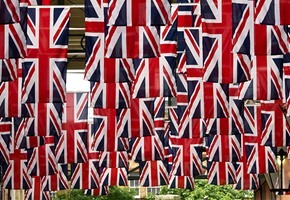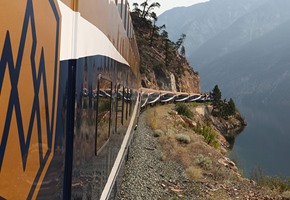"Il dolce far niente". This translates approximately as 'the sweetness of doing nothing'. For me, this encapsulates everything I love most about Italy.
For Italians, life is to be enjoyed, wherever and whenever possible. Take your pleasures as the opportunities present themselves. It dovetails perfectly with the other great Italian philosophy: "La dolce vita" - the sweet life.
It embodies savouring beauty and simple joys such as enjoying coffee culture and good wine; the company of friends and family; valuing quality over quantity; and generally adopting a slower, more fulfilling pace of life.
Truth be told, both phrases are more used by foreigners than Italians. Italians just instinctively feel and know them, and don't need to explain or discuss. It can take a while for those of us from more time-sensitive cultures to get used to all this. It's always worth trying though, especially as when you're there, Italy will always win in the end.
I thought it might be useful to pass on some of the most common tips, hints and suggestions that I have found useful in the past.
As I read through the list, it's remarkable how many seem to involve food and drink! I can't imagine why…
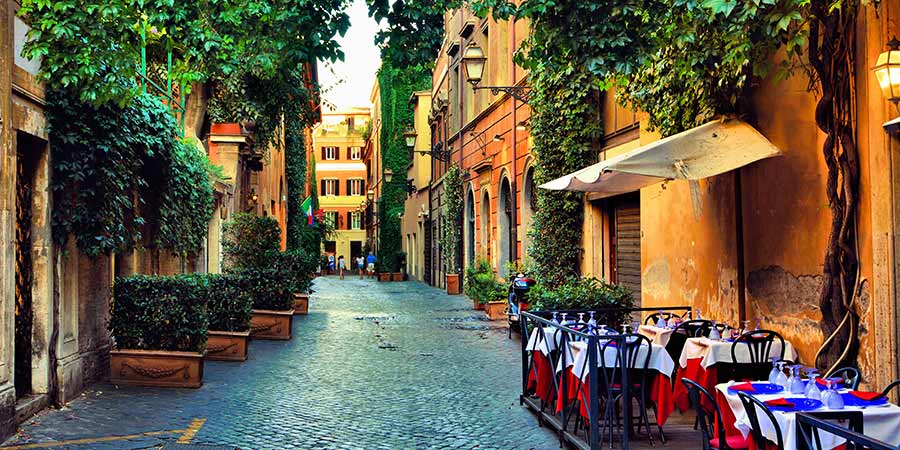
Where and what to eat in Italy
There are many different kinds of bar and restaurant in Italy, with varying levels of formality and service. For instance, you wouldn't go to a ristorante and just order a beer.
Here are the names, ranked in order of formality:
- Ristorante: Full-service dining, possibly international cuisine
- Trattoria: Traditionally family-run, simpler and more affordable regional food
- Osteria: Local wine and unassuming regional dishes
- Pizzeria: Table service, a menu, and a pizza chef called a pizzaiolo
- Tavola Calda: Hot and cold regional food, often taken away to be eaten
- Agriturismo: Often a rural farm, serving homemade local dishes
- Enoteca: Specialising in wine but may also serve food.
- Bar: Coffee and alcohol, possibly with a few light snacks
Italians tend to eat in the evening after 7:30pm and often at around 8:30pm. If you eat earlier, expect to sit in an almost deserted restaurant.
What to Eat?
When eating out, don't feel obliged to order every course - an antipasto (starter), primo (first course, often pasta), secondo (second or main course, usually meat or fish) with contorno (side dish), and dolce (dessert) is a lot of food. Pick and choose as you please.
There are some rules that will help you avoid being marked out as a tourist. Please, please, don't ask for pineapple on your pizza. Ever!
Spaghetti and similar long pastas are never eaten with a spoon, or worse, cut up with a knife. Just twirl and slurp and wear a napkin over your shirt front! Also, pasta alfredo doesn't exist in Italy, nor do chicken parmigiana, Italian dressing or spaghetti and meatballs.
It's always best to try to eat regional or local specialities. For example, tortellini are from Bologna; cannoli from Sicily; pasta all' amatriciana and carbonara are from Rome; and pesto Genovese from the province of Liguria.
Finally, don't be afraid to "fare la scarpetta". You'll nearly always be served bread with a meal. Use it to mop up the last remaining juices and sauces off the plate (just maybe not at a Michelin-starred restaurant!).
What do the locals eat?
I've recently returned from a tour to Italy. Two of my customers, Alicia and Kevin Townsend, were looking for somewhere to eat during their free afternoon in Venice. It's a difficult decision, because there are so many good places and you're never certain which is best.
Fortunately, they asked our local guide at the end of our guided tour: "Where do the gondoliers eat? That must be good and that's where we want to go."
It's such a good question, and so screamingly obvious that I had never thought to ask it myself!
They were given details and directions which were a little complicated and certainly off the normal tourist path.
They ended up in a tiny place where they had one of the simplest, cheapest and best meals of their time in Italy. They very quickly realised they were the only clients not wearing black and white striped shirts and straw boater hats.
It was one of the highlights of their holiday, and an experience that few others have enjoyed. Well done for bravery and initiative.
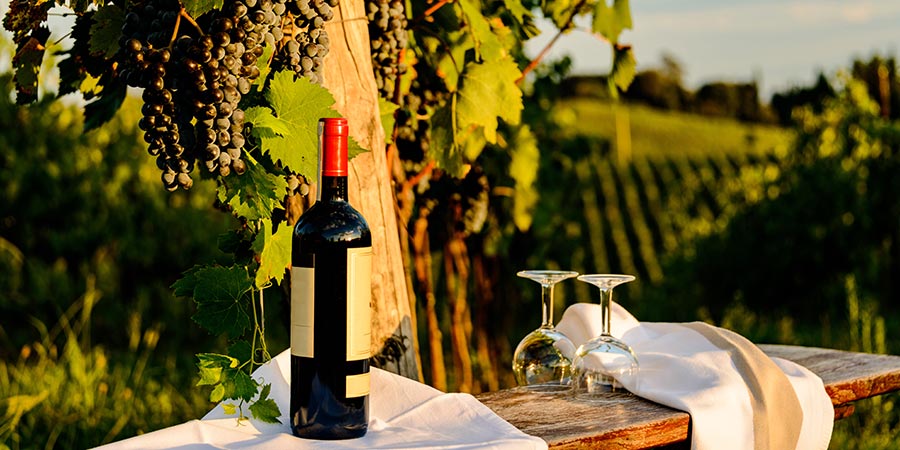
What to drink while in Italy
Water
Although Italian tap water is perfectly safe to drink, nowhere in Italy will serve you a glass of it. Instead, they will offer bottled water - either naturale (still) or frizzante (sparkling) - and you will pay for it. Oddly, ice is viewed as a sort of optional luxury here. Italy has a network of public drinking fountains, especially in older towns and cities. These are called nasoni in Rome or fontanelle in other parts of Italy.
Wine
Where wine is concerned, always order the local variety if possible. Varieties from the slopes of the volcanoes at Etna and Vesuvius are exceptional.
Coffee
If you order caffe in Italy, you will receive an espresso (small, black and very strong and traditionally drunk standing up at the bar). Asking for an Americano will get you a medium sized black coffee. For white coffee, you should order either cappuccino or caffe latte. Italians only drink coffee with milk in the mornings and never after a meal. It's probably best not to ask for a "triple half-caff, low-fat, no foam latte with a caramel drizzle" or anything like that, unless you want to be disappointed!
Tea
Tea drinkers will find life a little more complicated! Ask for "una tazza di tè" and specify "con limone" (lemon) or "con latte" (milk). However, remember the linguistic trap… caldo means hot, not cold, whereas freddo means cold.
Spirits
Italian grappa spirit is a by-product of wine making. It is ferociously strong and worth a try, but maybe at the end of the day. Cafè corretto di grappa means an espresso coffee with the addition of grappa and is an effective way to start your personal engine first thing in the morning
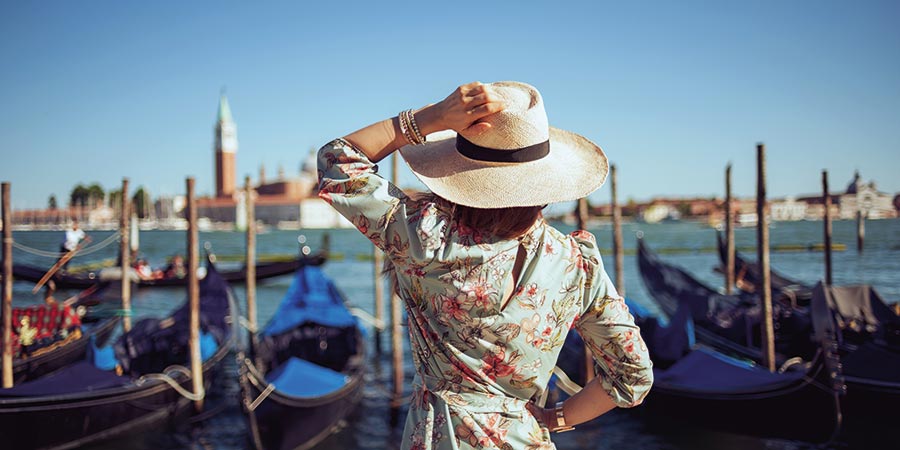
Embracing Italian culture
Riposo & Ferragosto
Outside major metropolitan areas, many businesses and shops close between about 1pm and 4pm) to relax. Italy is a largely Catholic country, with many shops closed on Sundays. Ferragosto refers to the Italian practice of shutting down almost everything during the month of August. Many Italians use this period for holidays and will head to the beaches or mountains.
Tipping
How much to tip when out and about in Italy? The answer is… not much! For drinks it is normal to round up the small change i.e. €1.60, just round up to €2. In restaurants, €1 to €3 per person is sufficient. As a rule, you should never leave more than a 10% tip. Be aware when eating that when it is time to pay, a "coperto" will be added to the total, usually around €1 to €3 per person. It's a cover charge that allows for the bread, silverware, plates, and tablecloth cleaning. It's unavoidable, so embrace it!
Toilets
Most public toilets in Italy charge between €0.50 and €1.50, so hang on to those coins as they may be useful. Toilets in bars and restaurants may be used, and are often the best option, but you will usually be asked to buy something (an espresso coffee is usually about €1.30.
Shouting & Queuing
Italians tend naturally to discuss things at high volume. It may sound like a fight is about to break out but they're actually just chatting about football or the cost of living! Italians don't queue, or at least, not in a way that we would recognise. If you politely wait around for your turn you'll get nowhere. It pays to be reasonably assertive to avoid going backwards.
Cheek Kissing & Ciao
Please remember that there's no actual kissing involved! It's more of a light cheek touch, once each side and usually performed by people who know each other well. It's usually safest to let the other person take the lead and then go with the flow. Ciao means both hello and goodbye, which is handy. However, there are right and wrong contexts. It is a very familiar term, used with close friends and family. When talking to everyone else it may be better to use more formal terms. For greeting, try salve or buongiorno and, for farewells, use arrivederci.
Children & Dogs
Both are present everywhere in Italian life, including shops and restaurants. If a new baby arrives in a bar, forget getting served anything until the admiring has stopped. Dogs can often be found lying under caffè tables or being taken for an evening stroll (passeggiata).
La Bella Figura
The art of living beautifully and looking beautiful while you do it. It is about being well-groomed, stylish and exhibiting good manners and etiquette. It's about self-respect and presenting the best version of oneself to the world. Italians seem to have an astonishing ability to always dress with style. When I was cabin crew this used to drive me mad! There were we in our polyester, ill-fitting uniforms, sweating in the galleys looking as elegant as a used tissue. And then there were the Italian passengers, who never sweat, have frizzy hair, running makeup or a hair out of place.
Visit Italy with Great Rail Journeys
There you have it. You now have enough information to enjoy your tour to Italy without the locals falling around in hysterics at your antics and requests.
I love my Italian tours and one of my favourites is Top to Toe of Italy, where we travel the length of the country, starting in Turin and finishing in Sicily.
Whether you're looking for a trip to the northern lakes, colourful coasts, iconic cities or undiscovered gems, Great Rail Journeys has an Italian tour for you.
To find out more, click here.

